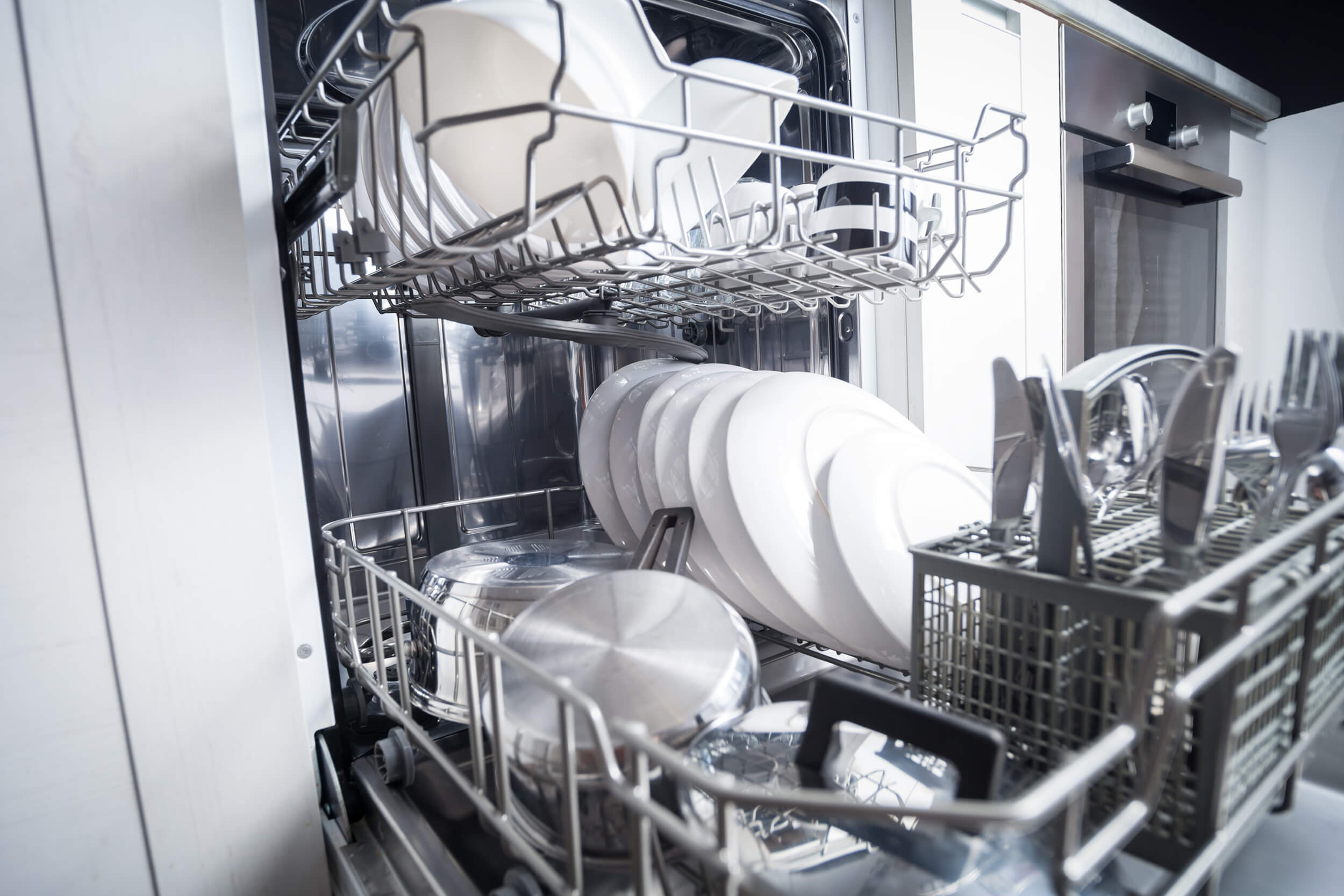On Monday, June 5, the first efficiency performance standards will take effect for walk-in coolers and freezers. These standards will yield big savings for the supermarkets, restaurants, convenience stores, and other businesses that use walk-ins. But additional savings are on hold, waiting for action by the Trump administration.
Walk-in coolers and freezers consist of an envelope (the “box”), which includes panels and doors, and a refrigeration system. Walk-ins are often constructed on site, and they are used to temporarily store refrigerated or frozen food or other perishable items. For example, supermarkets store food in walk-ins before transferring it to refrigerated display cases on the store floor.
New standards build on state policy
California established the first efficiency standards for walk-in coolers and freezers, which took effect in 2006. Another four states plus the District of Columbia copied the California standards. In 2007, the Energy Independence and Security Act (EISA) established the first national efficiency standards for walk-ins, which built upon the California standards and took effect in 2009. Both the state standards and the EISA standards established prescriptive requirements for walk-ins. For example, the requirements specified minimum insulation levels for panels.
EISA also directed the Department of Energy (DOE) to establish efficiency performance standards for walk-ins, and in 2014 DOE issued a final rule establishing standards for walk-in panels, doors, and refrigeration systems. However, the Air-Conditioning, Heating, and Refrigeration Institute (AHRI) and Lennox filed a lawsuit which resulted in a settlement agreement. Among other things, the settlement agreement remanded the standards for certain types of walk-in refrigeration systems to DOE. Under the terms of the settlement agreement, DOE was required to use a negotiated rulemaking process to develop new standards for 6 out of the 19 classes of walk-in equipment.
Some new standards take effect next week
The new standards taking effect on Monday are for the 13 classes of equipment for which the standards were not remanded. These standards cover panels, doors, and certain types of refrigeration systems. The standards for panels and non-display (i.e. solid) doors were set at levels equivalent to the existing prescriptive requirements, which means that manufacturers did not have to make any changes to comply. The new standards for display (i.e. glass) doors improve on the existing requirements.
Walk-in refrigeration systems are generally comprised of a unit cooler located inside the walk-in that absorbs heat from the refrigerated space, and a condensing unit located outside the walk-in that rejects the heat. The new standards taking effect for refrigeration systems apply to condensing units used with walk-in coolers. DOE estimates that businesses will save about $6,000 over the life of a condensing unit with the new standards, after taking into account the additional cost. Estimated savings for a single display door used with coolers and freezers are about $140 and $900, respectively.
As part of the settlement agreement, DOE issued an enforcement policy statement stating that DOE will exercise its enforcement discretion to not seek penalties concerning violations of the new standards for refrigeration systems for equipment manufactured prior to January 1, 2020. The rationale for this enforcement discretion is that the standards for other types of refrigeration systems—those that were remanded—will not take effect before 2020. However, we expect that many products will comply with the new standards despite DOE’s enforcement policy statement, and at least one manufacturer is already advertising equipment that not just meets, but exceeds the standards.
The savings on hold
In 2015, a working group comprised of manufacturers, contractors, utilities, energy efficiency advocates, and DOE successfully negotiated new standards for the six remanded classes of walk-in refrigeration equipment, which include unit coolers used in both coolers and freezers and condensing units used with freezers. In December 2016, DOE issued a final rule for standards for this equipment that reflected the recommendations of the working group. However, a new DOE process requires that final rules be available for public review in order to identify any errors for at least 45 days before they can be sent for official publication in the Federal Register. This 45-day period concluded in February and no errors were identified, but the walk-ins rule still has yet to be published in the Federal Register. Another four rules for portable air conditioners, uninterruptible power supplies, commercial boilers, and air compressors have been similarly stalled. A coalition of states and consumer and environmental groups have sued DOE to compel publication of the final rules.
DOE estimates that with the negotiated standards for the remanded equipment classes, businesses will save about $1,300 and $2,800 over the life of a condensing unit used indoors and outdoors, respectively. Estimated savings for a single unit cooler are about $75 to $290. However, the savings for these types of walk-in equipment are on hold until the final rule for walk-ins that was issued in 2016 is officially published. The standards will take effect three years after publication in the Federal Register.
Update: On July 10, 2017, DOE published in the Federal Register the final rule with the standards for the six remanded classes of walk-in refrigeration equipment. Those standards will take effect on July 10, 2020.





